Heleniums – A Comparison
I’ve gathered together our range of Heleniums into one page so that you can view them all side by side with descriptions. Hopefully this will give you a chance to choose between them without the need to keep swapping between products. I’ve ranked them in rough order of height from shortest to tallest. They all make excellent cut flowers, the later flowering being excellent at harvest Festival.
Helenium ‘Butterpat’ (AGM)
The breeding on Heleniums draws from a wide range of species such that most cultivars aren’t assigned to one single species. As a rule, those species that are tall derive a lot of their stature from Helenium autumnale. They are all good reliable perennials, enjoying a moist soil in full sun (in fact growing in any soil short of a bog). The foliage is never anything great to look at, but the flowers do a great deal to add colour to the summer border and are an absolute magnet for the bees.
Heleniums are one of a group of warm coloured late summer daisies that are often confused.
Of the daisies with a pronounced central nose, there are three main genera, Helenium, Rudbeckia and Echinacea.
Echinacea are the easiest to identify as they have a cone centre which is spiky to the touch. They used to come mainly in pinks and white, but with modern breeding yellows and oranges have been added to the mix.
Rudbeckia have similiar shaped cones to the Echinacea, sometimes more elongated, but the cones are soft to the touch. Rudbeckias come in yellows and oranges, touching on brown.
Heleniums have a much rounder, bun shaped brown or yellow nose with a lovely felty feel. As the flower ages and the fertile flowers mature a ring of yellow stamens pops out. It always looks to me like embers chasing over a burnt log. They cover yellow, orange and red.
Helenium – (Sneezeweed) Helenium comes from the greek ‘helenion’, the name used for another plant, possibly Inula helenium. Ultimately the name refers to Helen of Troy as the plant is said to have sprouted from the ground where Helen of Troy wept tears. The common name ‘sneezeweed’ comes from the use by the American Indians of the plant to promote nasal discharge (errhine). It is only one of several other plants that share the name sneezeweed, including Achillea ptarmica, Hymenoxs hoopesii and Centipeda cunninghamii.
Heleniums are members of the family Compositae comprising the daisies. Whilst you might look at the flower of a daisy and think you are looking at a single flower, what you are actually looking at is an inflorescence – a group of flowers. In daisies the flowerhead, or more rightly the capitulum, is a composite of two types of flowers. In the centre are the disc florets which are small, normally tubular and fertile. They produce the nectar that attracts insects and lead to the seeds. Outside these in a ring are the ray florets which are like flattened petals. These are colourful and have the job of getting the flowerhead noticed.


















































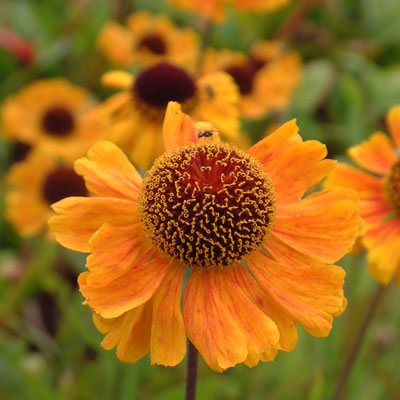
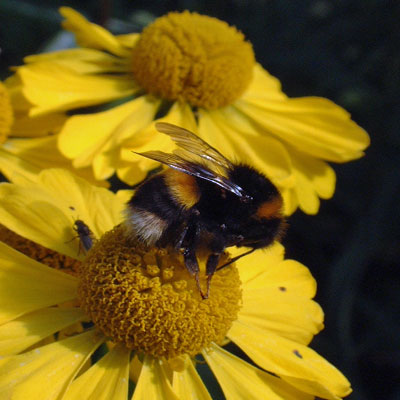

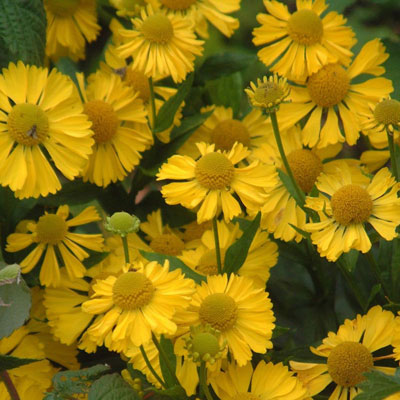

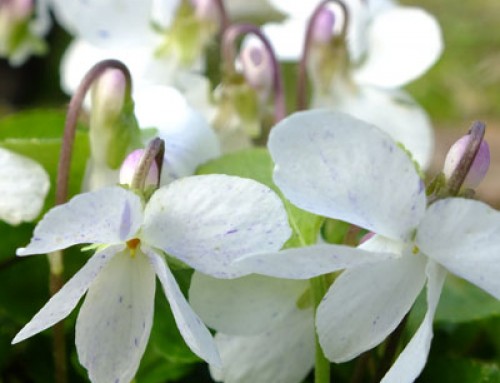

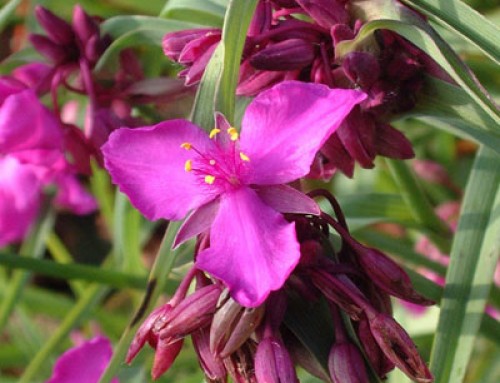
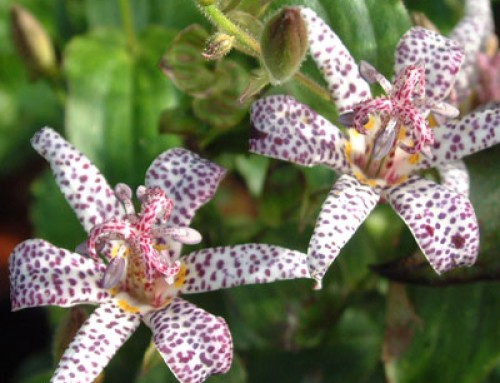
Leave A Comment
You must be logged in to post a comment.